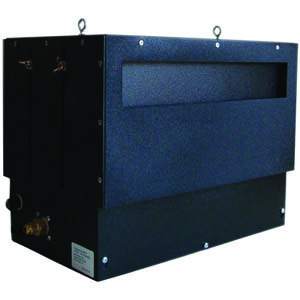Reverse Osmosis Water and pH Monitoring Tips
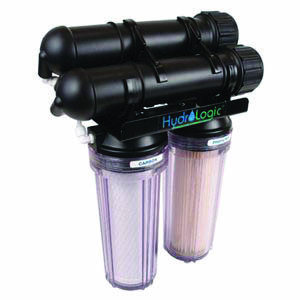
“Don’t fill-up on junk food because we’re having dinner soon.”
This is one of those multi-cultural and multi-generational expressions we’ve all heard at some stage in our lives. If I could interpret this age old wisdom into solid advice for my hydroponic plants, the translation would be: use pure reverse osmosis water in your reservoir – give your plants the best chance to take-in a rich and balanced plant nutrient, without filling up on contaminants from ordinary tap water.
Reverse Osmosis Water – A Pure Water Source is the Foundation of every Plant Nutrition Program
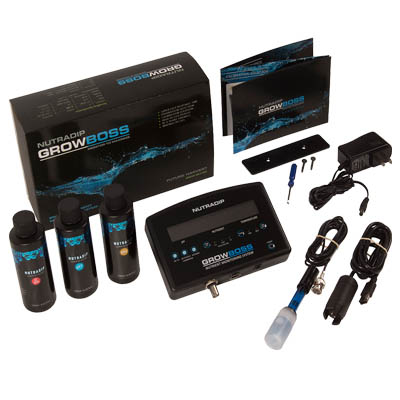
Assuming you are a serious indoor grower who is investing thousands of dollars every year into your favorite plant nutrition program it is likely you are determined to make sure that those nutrients and additives are delivered in a way that is most effectively absorbed by your plants. No doubt you are also aware that pure water is the most important part of your formula – this fact is consistently illustrated by the fact that all nutrient feed charts begin with a 0 ppm (parts per million) water source. In order to ensure the highest levels of purity, companies such as HydroLogic Purification systems from Santa Cruz, CA manufacture top-caliber reverse osmosis water purification systems for indoor gardening. Their hand-built EvolutionRO 1000 System can process between 700 – 1500 GPD (Gallons Per day).
Water Control of the Hydroponic Plant Nutrient Solution – Monitor pH, PPMs and Temperature
Knowing that “you get out of it, what you put into it”, isn’t enough in indoor gardening. Assuming the plant nutrient formula is precisely balanced with a perfect mix of macro (NPKs) and micro nutrients, amino acids, vitamins, and naturally occurring plant hormones, the challenge is to make all this available to your plants in the most consistently effective way. After implementing a suitable reverse osmosis water purification system for your plant nutrient solution, one of your main obstacles on the road to harvesting glory is water control: pH, conductivity and temperature.
You can give your plants the greatest plant nutrient in the world, but if the conductivity of the nutrient formula is wrong, plants will die. You can give your plants the ultimate balance of nutrition and root-zone aeration, but if the pH is wrong, plants will die. You can set up the most sophisticated hydroponic nutrient delivery system on the planet, but if the temperature is wrong, plants will die. If this is beginning to sound a bit repetitive, that is the point – plants will die.
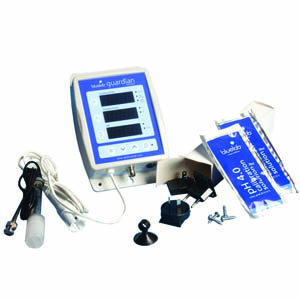 Bluelab – Water control with the most trusted name in Hydroponics and Indoor Gardening
Bluelab – Water control with the most trusted name in Hydroponics and Indoor Gardening
It is clear that monitoring pH, conductivity and temperature of the nutrient solution and growing media are essential in order react if levels elevate or drop into danger zones. Bearing in mind the warnings above, it is essential to purchase reliable pH, TDS and temperature monitors and check solutions and media very regularly. In terms of reliability, Bluelab’s Truncheon has become the industry standard in measuring the strength of the plant nutrient solution. (Conductivity) For pH, Bluelab also has a highly reliable pH Meter with replaceable probe. If you prefer the two in one, Bluelab also has a Combo Meter. To cover all your bases, Bluelab’s Guardian monitors pH, PPM and temperature in one unit with three probes.
In a nut shell – With RO water and tight water control, your indoor garden is well on its way to thrive!
-Web Hydroponics

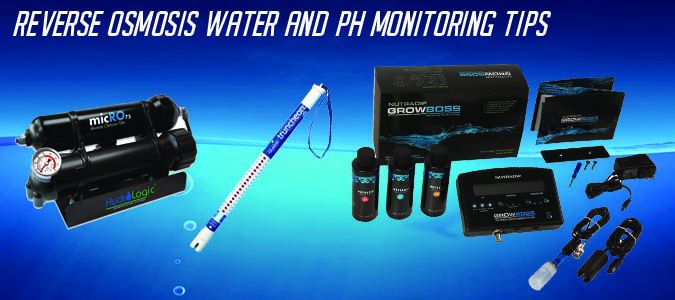
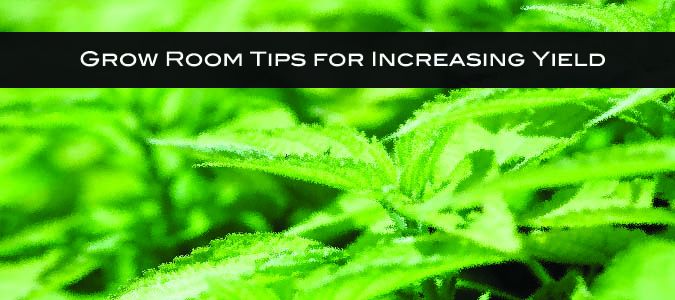
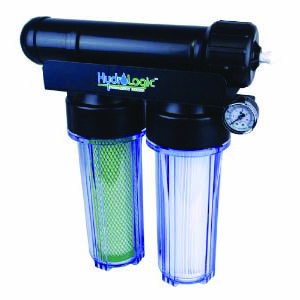 Hydroponic Gardening Tips #2
Hydroponic Gardening Tips #2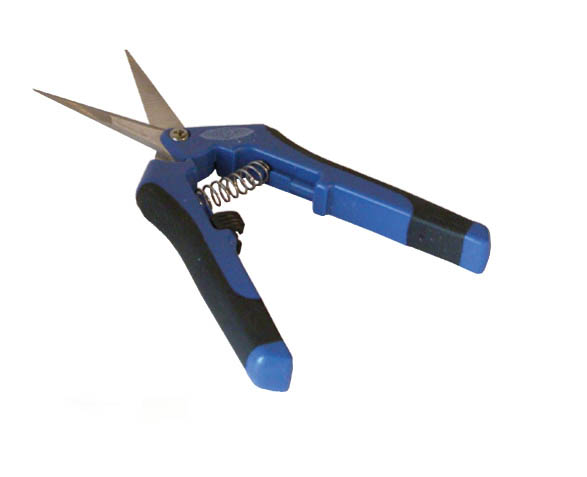
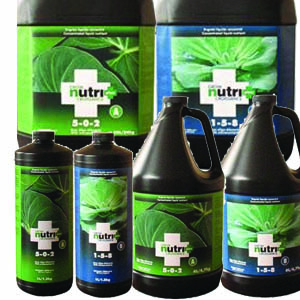 Hydroponic Gardening Tips #4
Hydroponic Gardening Tips #4